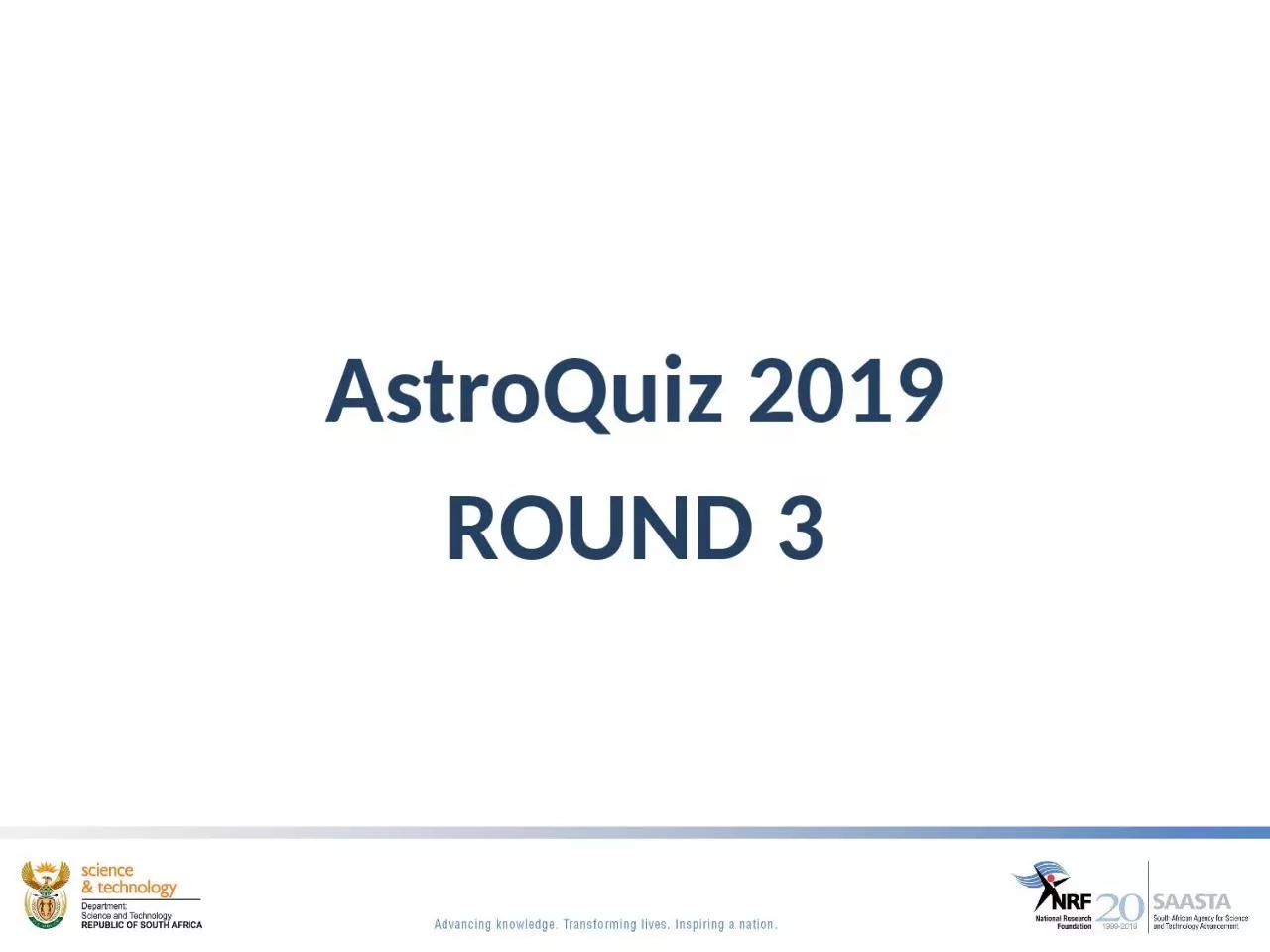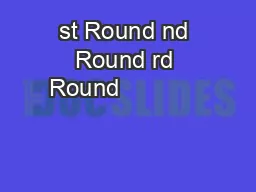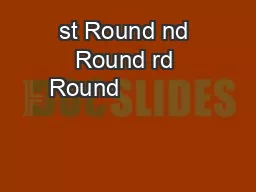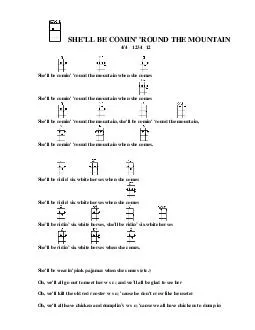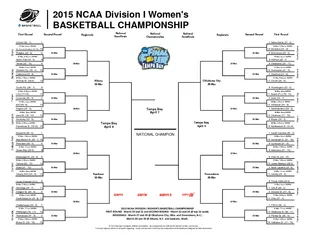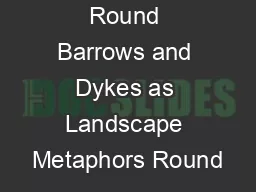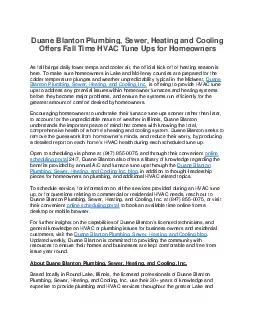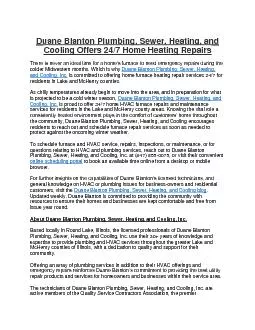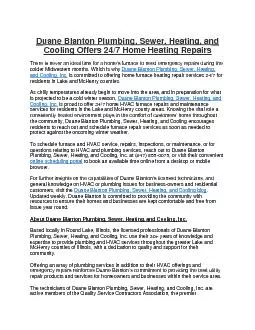PPT-AstroQuiz 2019 ROUND 3 RULES
Author : garcia | Published Date : 2024-02-16
You only have 60 seconds to answer each question You are allowed to discuss amongst yourselves as team members Calculators may be used if needed No internet is
Presentation Embed Code
Download Presentation
Download Presentation The PPT/PDF document "AstroQuiz 2019 ROUND 3 RULES" is the property of its rightful owner. Permission is granted to download and print the materials on this website for personal, non-commercial use only, and to display it on your personal computer provided you do not modify the materials and that you retain all copyright notices contained in the materials. By downloading content from our website, you accept the terms of this agreement.
AstroQuiz 2019 ROUND 3 RULES: Transcript
Download Rules Of Document
"AstroQuiz 2019 ROUND 3 RULES"The content belongs to its owner. You may download and print it for personal use, without modification, and keep all copyright notices. By downloading, you agree to these terms.
Related Documents

